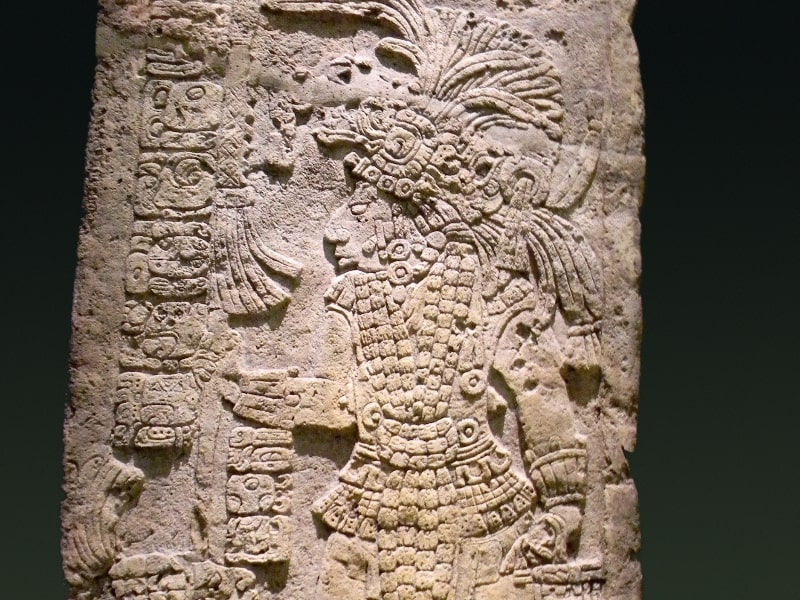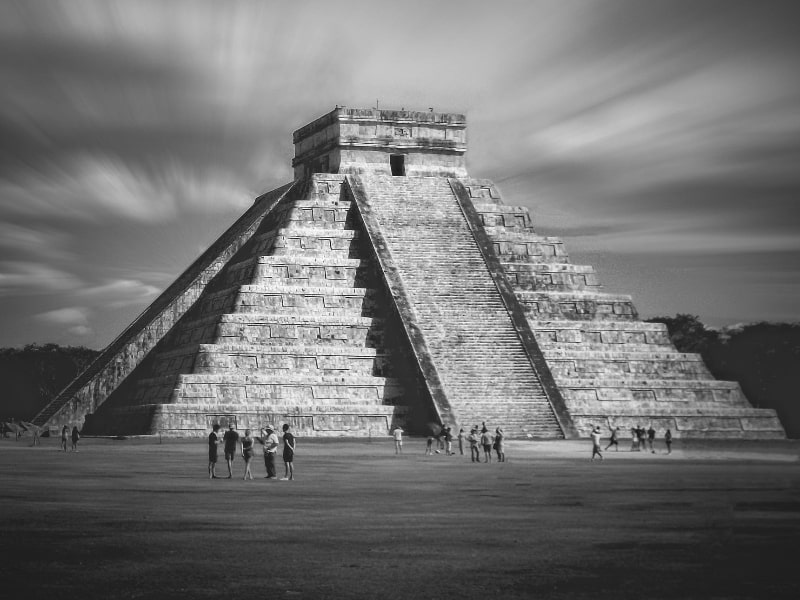Mayan literature: what is it, literary development, history, works, characteristics and more
Contents
What is Maya literature?
Mayan literature refers to the set of texts written in the Mayan language, along with texts that bring together concepts and traditions of this culture in Latin America. In this way, Mayan literature refers not only to texts produced in the historical period of the colony, but also includes those that have been written in the Mayan language in posterity.
On the other hand, it is important to keep in mind that what is known as Mayan literature does not include a group of literary expressions that are part of a single language, but rather many more, given that up to 27 different languages belonging to the same Mayan culture were spoken in the Mayan territory.
History and origin of Maya literature
The origin of the Mayan culture, marked by the manifestations that have been found, dates from 250 to 900 B.C., a classic period that will extend until the Spanish invasion. According to experts, Mayan records show that in its beginnings, the literary manifestation was used with the purpose of telling the daily life of their people, as well as explaining the origin of the world and human beings, in addition to the relationship of the natives with their gods. It was after the European invasion that their expressions underwent important modifications.
Many of the writings of the time narrate and explain the genealogy of the Mayan rulers, including the direct descent of the gods. This is due to the fact that at the time of the conquest, many leaders of the American ethnic groups requested the recognition of noble titles from the Spanish crown, in addition to being able to conserve their territories, which was accepted as long as they submitted to the dominion of Spain. Thus, the genealogy writings served to impress the king so that he would grant them what they were asking for.
The syncretism that proceeded with the arrival of the conquistadors brought about important changes, especially in the subject matter of the literary manifestations of the Maya. Thus, many of their expressions were written by Maya nobles who had learned to use the Latin alphabet from friars coming from Spain. The destruction of their texts motivated the Maya to start writing down their traditions, legends and other manifestations in order to avoid their disappearance, as well as their religious beliefs and other historical content conceived until the invasion. However, some of these texts were read by the Spanish court, which in some cases led to censorship and prohibition.
Thus, with the passage of time and this series of conditions, Maya literature acquired not only a cultural, but also a religious and political character that became more and more accentuated.

Development of Maya literature
Regarding the development of literature by the Maya, it is necessary to mention that they were the first to work with a complex and developed pictographic writing system, which allowed them to advance even further with their literary expressions. In this way, we can divide their development from the two formats:
Oral literature
It was by far the most used form to transmit the information, legends and traditions of the Maya from generation to generation through oral expression. With the contact that the Maya had with the Europeans, we will see an influence within their stories, which will often include American, European and African elements, however, the Maya culture has been one of the most consistent with the passage of time.
Written Literature
From the oral literature emerges the written literature, which manages to spread through almost all the groups of the culture. However, with the death of the elders and the denial of the written record in its beginnings, many of the traditions have been lost with the passage of time, as well as the oldest tales and legends. It was the foreigners who brought with them the Latin alphabet and began to record in writing some of its manifestations.
Thus, Mayan literature will work in genres that had not been identified but in which they showed great advances, such as:
Lyric: it was dominated by the presence of music, accompanied by dances that focus mainly on life and death, so that it associated mainly with ceremonies and rituals.
Epic: this genre is developed from literary manifestations of the Maya directed to mythology, as well as to their own history.
Dramatic: hand in hand with the lyrical genre, theatrical representations will have great importance not only for their traditions, but will also be used for the amusement of the communities, used with situations and characters made to cause laughter and entertainment.

Characteristics of Maya literature
Among the main features of this literature are the following:
Literary figures: one of the main characteristics of the texts of Mayan literature has to do with the constant use of figures such as metaphor, parallelism and diphrasism, which are present in texts from different periods of development of the literature of this culture.
Reduction of Mayan works: one of the consequences of the imposition of the Catholic religion that came with the Spanish invasion, was the elimination and destruction of written manifestations by the Mayans, since the Europeans considered that these works were heretical and belonged to expressions of the Devil, so that they were eventually reduced great part of them.
Religious content: another aspect that should be pointed out is that part of the literary manifestation of the Mayas was at the service of religion, so that much of its content often dealt with the relationship of the human being with the divinities, since in fact this constitutes their way of life. In addition, literary expression was considered a sacred expression, so that other disciplines, such as science, served other human dimensions.
Writing: the Maya invented a form of pictographic writing that was considered the most developed in the American continent prior to the arrival of the Spaniards. This writing system was mainly used in codices, that is, folded paper books, which were called anahte.
Titling of works: another aspect typical of the Maya has been the demonstration of the experts regarding the titling of the works, since it is one of the few artistic manifestations in which the authors attribute their names to the works made by them. In principle, the works will be printed in inscriptions engraved in wood and stone.
One of the most important books and that gives account of the hostile conditions, the worry and the desperation that the natives live with the invasion of the Spaniards is titled “The book of Chilam Balam”, work of which several versions have been found from the people. Its content includes various topics related to religion, astronomy, calendar, history, etc., and in fact it was considered a forbidden text. Likewise, we find the Popol Vuh, which, similar to the previous book, gathers a series of stories that explain the origin of the world and human beings.
Although a fundamental and initial part of Mayan literature had anonymous works, as far as contemporary literature is concerned and which is part of this same literature, authors such as Ermilo Abreu Gómez and Jorge Miguel Cocom Pech, who have written in Mayan language and who have become referents of it, have been recognized. Among the known records of Maya literature we find some codices, such as: “Peresianus”, “Dresdensis” and the “Tro-Cortesianus”, translated respectively: “Paris”, “Dresde” and “Madrid”. Other works are: “Rabinal Achí”, “El libro del consejo del Popol Vuh”.
To learn more about these and other regions that were key to the development of world literature, we invite you to review our section dedicated to this artistic field, where you will find much more information about history, movements, authors and more.
